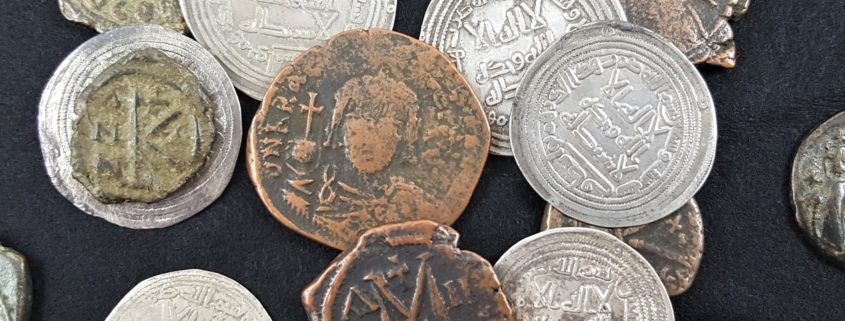The Byzantines vs. the Arabs
In the mid-seventh century AD, two new powers were on the rise. The first was Byzantine Emperor Heraclius, who ruled from 610-641 AD after seizing power from Emperor Phocas. Heraclius was generally seen as an effective ruler and military leader, especially after he final defeated the Sassanian Persians in the second Byzantine-Sassanian war, a brutal engagement that left both sides in shambles. Unfortunately, as he returned to Constantinople in weary victory on September 14, 629, another world power was on the rise: Muhammad, the prophet of Allah. As a matter of fact, Muhammad’s revelations came in the same year Heraclius captured the Byzantine throne by force.
Not a decade later, Heraclius found himself again fighting in the middle east, this time against the Arabs over control of Damascus. Muhammad had died in 632, leaving his close friend Abu Bakr to lead the new faith. Abu, his heir Umar, and their general Khalid ibn al-Whalid decided the best way to do this was obviously with swords, as Muhammad had before him. After six-month siege, Damascus fell on 19 September 634 to the newly minted (haha) Rashidun Caliphate.
Damascus was the first Syrian city to fall to the Arabs, and it was far from the last. Before the century was out, Arab Muslims would control the Middle East from Afghanistan to southeastern Turkey to Libya, eating away at Byzantine territory. Most of it would never be recovered. The Arabs would become the Byzantines’ most bitter enemy in the East, and indeed centuries later the remnants Byzantine empire would eventually fall to a Muslim power, the Ottomans.
ECC stocks coins of Emperor Heraclius as well as early, middle, and late Islamic coinage. The two numismatic traditions offer quite the juxtaposition: Heraclius’s coins, like most Byzantine coins, range wildly in size and feature a prominent portrait of the emperor himself with a clunky reverse inscription. Arab coins, in contrast, tend to be uniform and feature text only in beautiful calligraphy. Explore the full range on our site.




